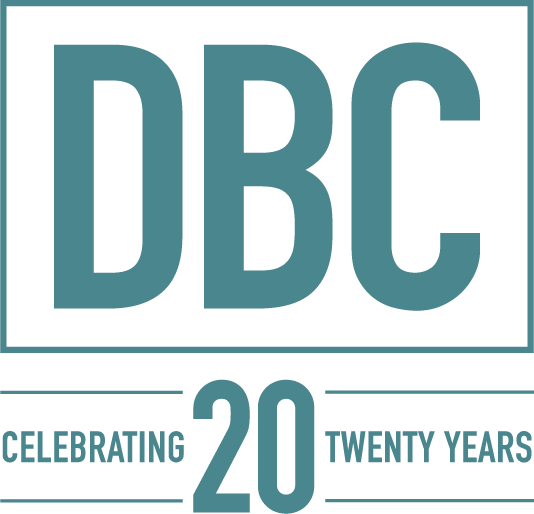According to The DBC Industry Calendar, there were eight to ten advertising, marketing, and insights events every weekday in 2002, with the month of June alone hosting 157 events!
The competition for attention and attendance at advertising, marketing, and insights industry events – whether in-person or virtual – is intense. Based on insights derived from the Calendar into which events were most successful last year, we’ve found that events must be approached like any other marketing initiative, informed by insights and promoted with meaningful, regular communications to drive attendance.
Use insights to inform your strategy
Data and insights are used to inform marketing strategies, but an area that often gets overlooked is collecting and using insights around events, both hosted and attended.
Historically, most events used registrations to define success, but that is no longer enough. Actual attendance, understanding engagement around content and program, and even impact on pipeline are now becoming common expectations within organizations.
Key Metrics Organizers Are Measuring for In-Person Events
- Attendance
- Engagement
- Pipeline
- Overall satisfaction
- Registration
Times have changed, adjust your approach accordingly
There have been many changes surrounding events since the pandemic – costs have increased and attendee expectations have dramatically shifted.
In 2022, 82% of B2B marketers and 90% of B2C marketers saw an increase in hard costs. This impacts the type of experience that’s able to be afforded, which requires more creative thinking and an extremely enticing content program.
While attendees have always had high expectations when it comes to content, it’s more challenging than ever to gain their commitment to attend and keep their attention. Since not everyone has the ability or willingness to travel for in-person events, most marketers ate keeping virtual attendees in mind and creating hybrid events. 74% of B2B marketers and 70% of B2C marketers plan to offer hybrid experiences that include a virtual component alongside their live events.
Create a meaningful brand and content experience
The need for quality content is among the top three challenges marketers face for both in-person and virtual events, Creating a brand and content experience that resonates with attendees relies on a deep understanding of the people attending your event, and how your brand and the story you want to tell corresponds to the challenges and opportunities in their lives while maintaining your brand identity.
By understanding the topics or causes that are important to your attendees, you can tailor your experience to highlight how your brand interacts and impacts those initiatives. You may find that generally, engaging influencers is not as impactful, but that it actually works very well with your audience. It also means you not only need to have the right message but also communicate it in a way that reaches attendees and encourages their engagement.
Communicate early, often, and personally
There’s a fine line between providing adequate communication and being an annoyance. But the reality is the line is largely based on relevance. If the message you’re sending is tailored to the intended target audience, it won’t be seen as a bother.
In addition, it comes down to the approach. Blasting daily emails is not an effective strategy. But a weekly or bi-weekly email, coupled with social media content, a blog post or newsletter, or other channels where your target audience spends their time will effectively communicate your message in the environments where your audience is open to considering it.
Another important aspect is personalization – and not in the form of automation in bulk emails but instead direct communications from your staff and senior leaders. Drafting a personalized email that the executive team in your organization can use to directly invite clients and prospects helps to further drive the idea that the recipient is important and a coveted attendee for your event.
Ensure your audience is committed to the experience
It’s crucial to understand your audience and their expectations for your event, which can vary. For instance, in-person attendees said networking opportunities are the most valuable portion of an event, while virtual attendees see the highest value in educational sessions.
Being mindful of your audience – what they find meaningful, where they find value, and what they hope to get out of the experience – will best set you up for success. Different groups can have drastically different perspectives: while B2B and B2C marketers agree that networking events are the most engaging, that’s where the similarities end. B2B marketers favor evening events and breakout sessions whereas B2C marketers find pop-up experiences and health/mindfulness activities the most engaging. Tailoring your experiences to your audience will ensure they are committed to attend and participate.

